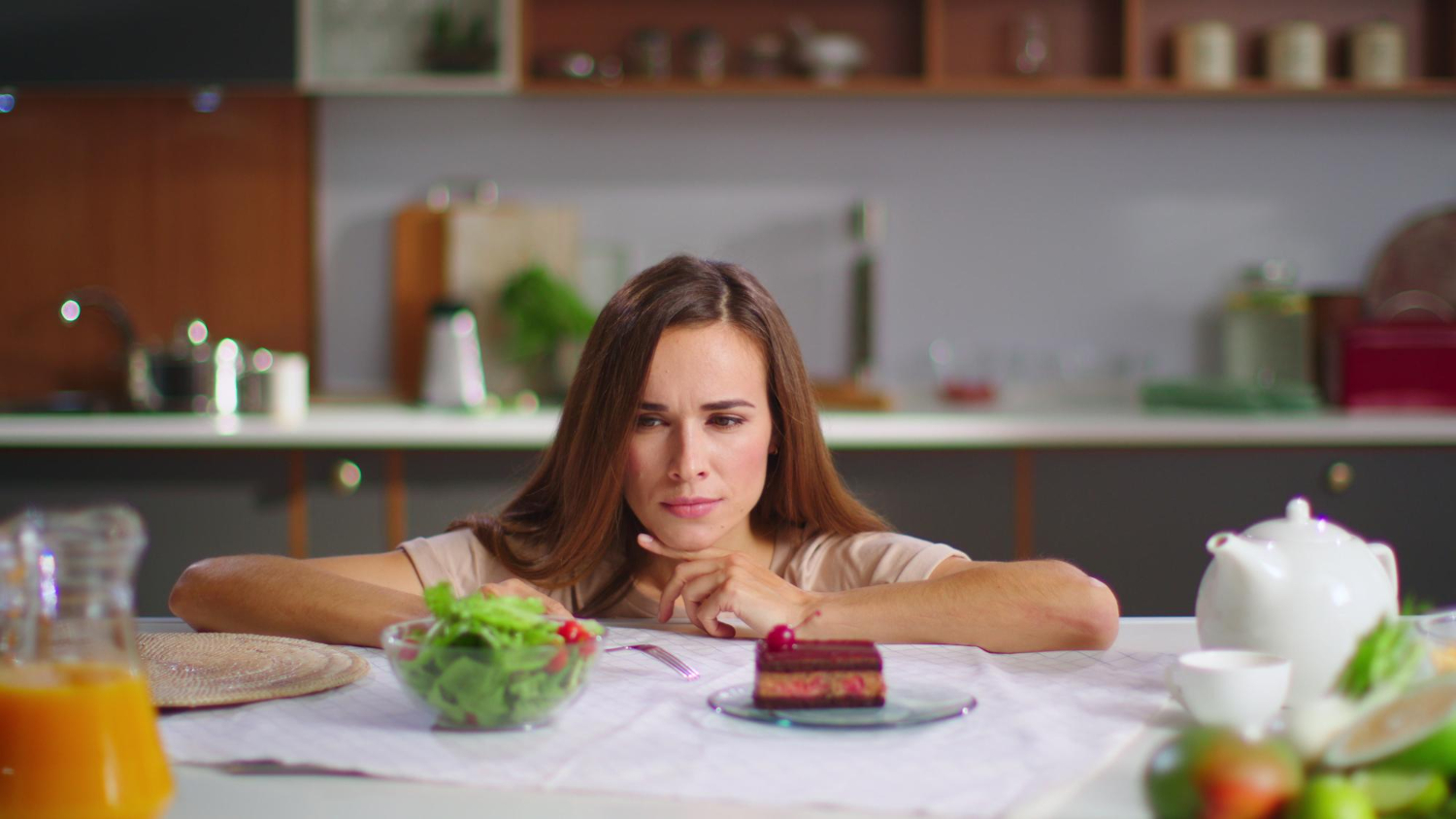Blog

Learn more about addiction
Our featured articles
.png)
Understanding Non-Residential Treatment (PHP, IOP, Virtual IOP)
December 18, 2025
December 17, 2025
Know how PHP, IOP, and Virtual IOP work, who they’re for, and how non-residential treatment supports mental health and addiction recovery at home.
.png)
What to Expect in Your First Week of PHP or IOP
December 12, 2025
December 11, 2025
Know what your first week in PHP or IOP involves from assessments to daily structure. This supports to help you begin treatment feeling informed and safe.
.png)
Your Gut, Your Cravings: The Microbiome–Brain Link (With a 7-Day Reset Plan)
December 8, 2025
December 7, 2025
A healthy gut can ease cravings and boost mood. Discover how the microbiome shapes your habits and follow a simple 7-day reset to restore balance.

Menopause, Hormones & Cravings
December 2, 2025
December 2, 2025
Understand how menopause and perimenopause influence hormones, cravings, mood, and stress, and practical ways to manage urges and support wellbeing.
.png)
Is It Anxiety or Withdrawal? A Quick, Self-Check
November 27, 2025
November 26, 2025
Understand the difference between anxiety and withdrawal with this quick self-check guide. Know key symptoms, risks, and when to seek professional help.
.png)
Holiday Harm - Reduction Playbook
November 24, 2025
November 23, 2025
Know essential holiday harm-reduction tips, including fentanyl test strips how to use, naloxone basics, and safe-use strategies to avoid overdose.